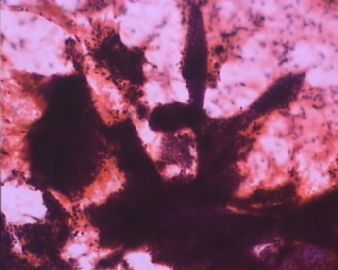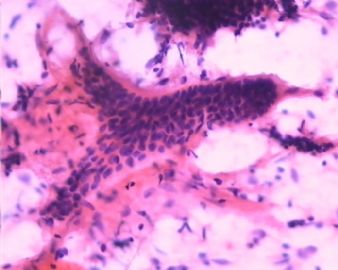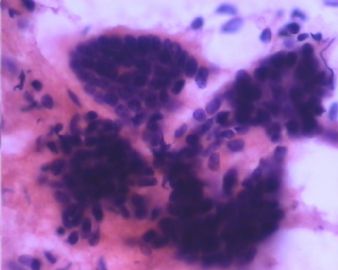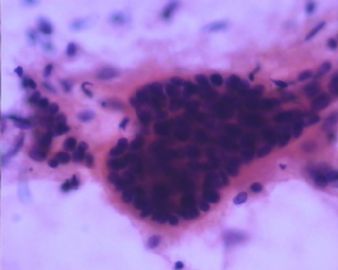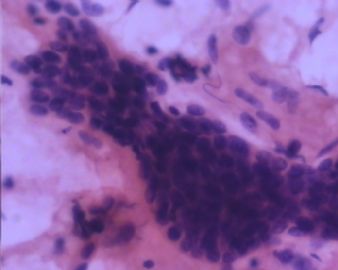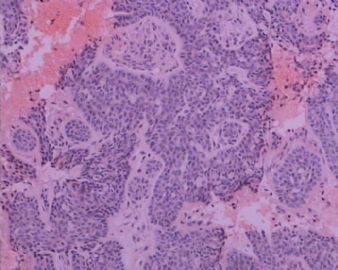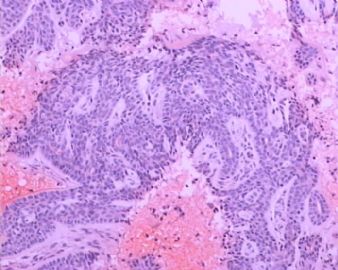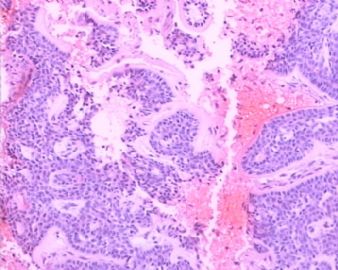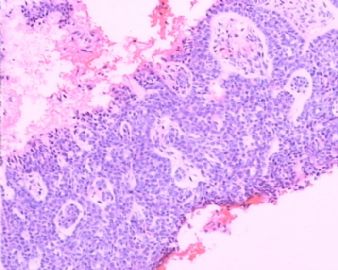| 图片: | |
|---|---|
| 名称: | |
| 描述: | |
- 右肋腺区针吸
This is very good example of basal cell neoplasm of the salivary gland. Thank c.b. for posting this case. Did the patient have surgery resection? Generally, I do not make a definitive diagnosis of 基底细胞腺瘤 or 基底细胞腺癌 on 细胞块. Since, the invasion needs to be assessed on the surgical resection specimen.
Thanks again!
The most common salivary gland neoplasm is Pleomorphic Adenoma (PA), this case may well represent a cellular PA with both epithelial and myoepithelial cells and few stroma. Could this case be a basaloid neoplasm (the so called monomorphic adenoma)? I have seen cases like this turned out to be that. In our practice, even if your diagnosis is pleomorphic adenoma, the surgeon most of the time will still excise the tumor, so if a salivary gland tumor is not perfect for PA, which means that it does not have abundant myxoid-hyaline stroma, we tend to use the term: favor a low-grade epithelial/myoepithelial neoplasm, which will cover almost all the epithelial/myoepithelial tumors in salivary gland.
I have two questions for the friends on this website:
1) Can you provide a list of salivary gland tumors which derived from epithelial/myoepithelial origin?
2) Can you differentiate basal cell adenoma and basal cell carcinoma on cytology?
-
Thank you so much 江边观潮人。I think that you answered my questions very appropriately. I don't think that I can reliably distinguish basal cell adenoma vs. basal cell carcinoma. Thus, on cytology, the term basal cell neoplasm should be used if you are 100% sure that this is the case.

